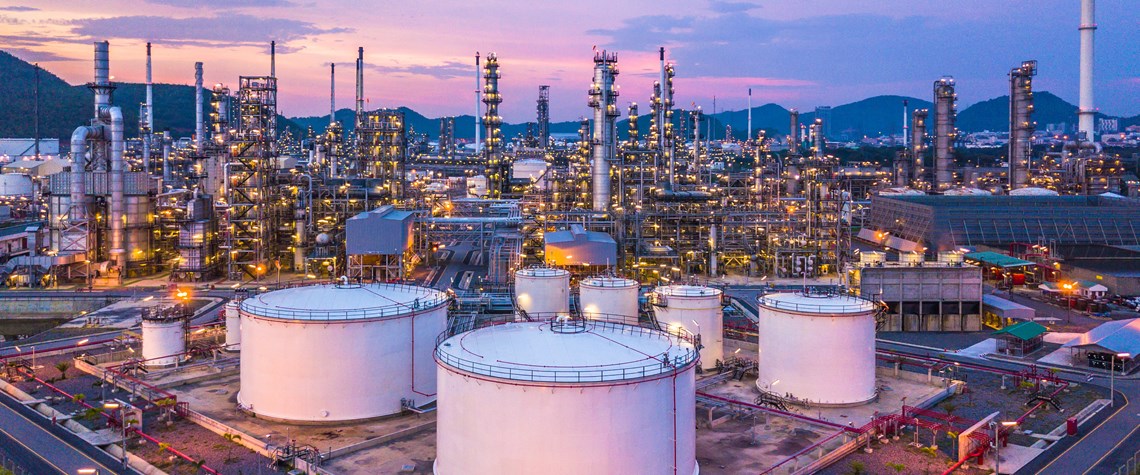2020s oil price: beware black swans
Oil analytics firm OilX sees a gradual evolution of the 2020s market balance, although with both energy transition in demand and Opec renaissance in supply signalling downside
We anticipate that the 2020s—with the energy transition moving into full swing—to be a truly transformative decade for oil, but with demand largely influenced by two opposing forces the market could remain in equilibrium. On one hand, we see oil demand continuing to grow significantly in developing countries, particularly Asia. On the other hand, we expect the pace of the transition to pick up steam and for a series of environmental policies to be implemented, with a subsequent retarding effect on demand. Demand We forecast global oil demand to reach 108mn bl/d by 2030, with average yearly growth of more than 0.8mn bl/d. Based on demographic and GDP projections by international organisations

Also in this section
24 December 2025
As activity in the US Gulf has stagnated at a lower level, the government is taking steps to encourage fresh exploration and bolster field development work
23 December 2025
The new government has brought stability and security to the country, with the door now open to international investment
23 December 2025
A third wave of LNG supply is coming, and with it a likely oversupply of the fuel by 2028
22 December 2025
Weakening climate resolve in the developed world and rapidly growing demand in developing countries means peak oil is still a long way away







